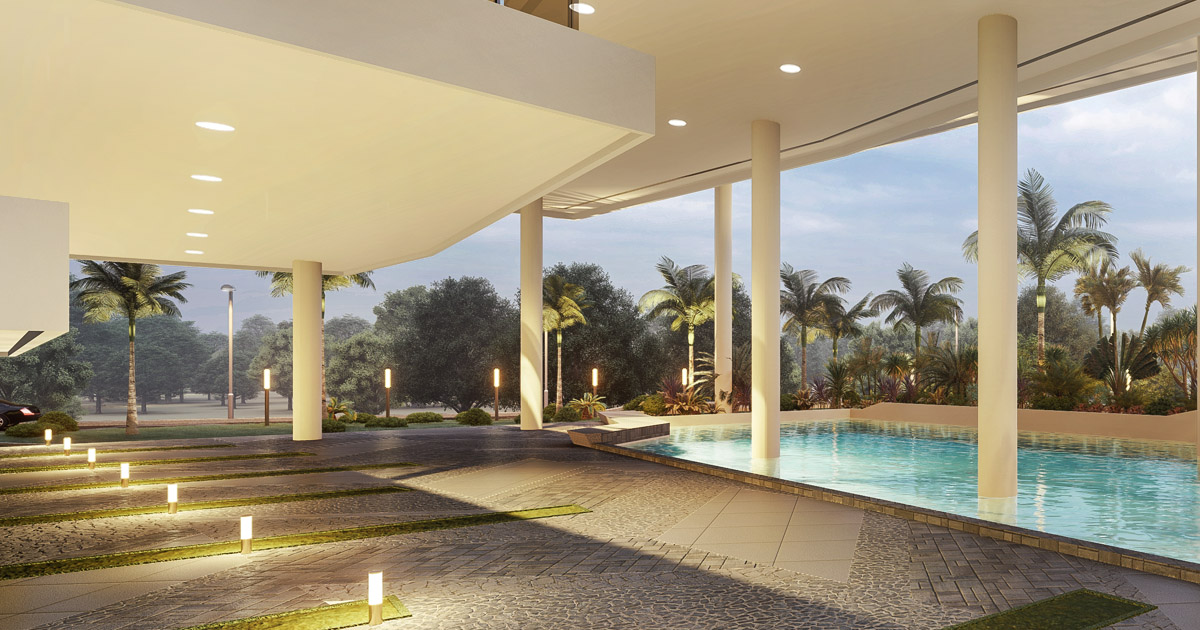Architects and builders have long embraced the concept of sustainable architecture, which primarily aims to reduce buildings’ negative environmental impact. This goal drives them to judiciously enhance efficiency and use materials, energy, development space, and the ecosystem. In sustainable architecture in the Philippines and worldwide, architects actively adopt a conscious approach to energy and ecological conservation when designing the built environment. The essence of sustainability, especially in design, is to ensure that the utilization of currently available resources doesn’t compromise the well-being of future societies or deplete resources for upcoming generations.
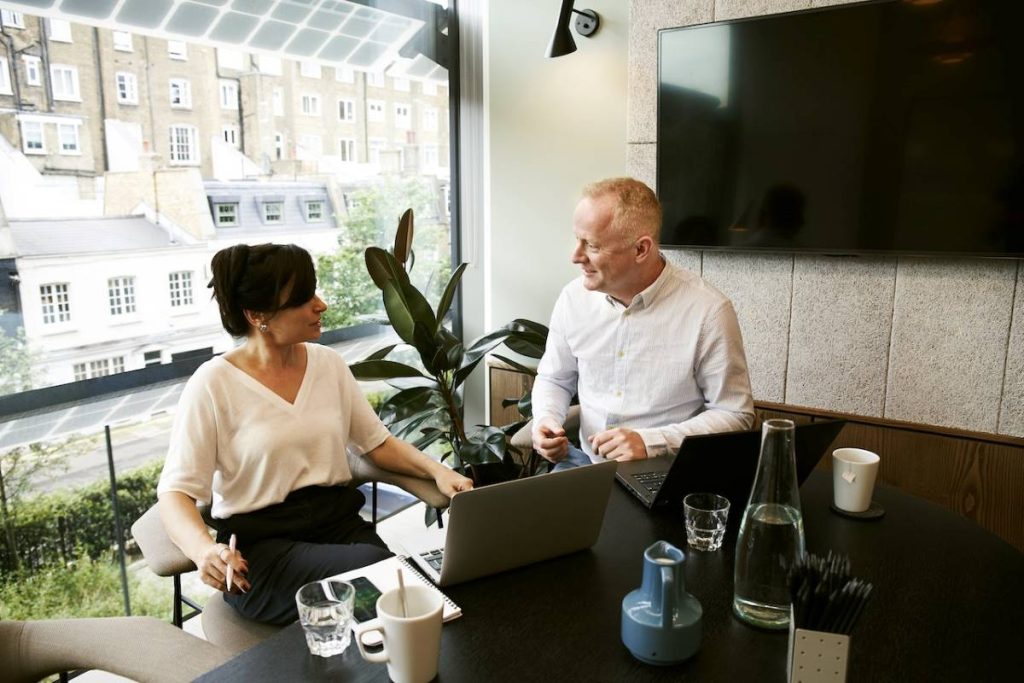
Many green building grading systems exist worldwide to encourage this dedication to sustainability. They are setting sustainable construction standards and honoring green building achievements.
LEED (Leadership in Energy and Environmental Design)
Developed by the U.S. Green Building Council, LEED provides a framework for designing and constructing healthy, highly efficient, and cost-saving green buildings. It’s a globally recognized symbol of sustainability achievement, with certification levels ranging from Certified to Platinum. LEED evaluates development projects based on various criteria, including sustainable sites, energy use, water efficiency, atmosphere, materials and resources, and indoor environmental quality.
BREEAM (Building Research Establishment Environmental Assessment Method)
Originating in the UK, BREEAM is one of the world’s leading sustainability assessment methods for projects, infrastructure, and buildings. It addresses several lifecycle stages, including new construction, refurbishment, and in-use. BREEAM is a widely used standard for sustainable design and measures a building’s environmental performance in many European countries.
Green Mark
Introduced by the Building and Construction Authority (BCA) of Singapore, the Green Mark scheme assesses buildings for their environmental impact and performance. It evaluates various aspects, including energy efficiency, water efficiency, environmental protection, and indoor environmental quality. The Green Mark certification promotes sustainable design and practices in the construction industry.
DGNB (German Sustainable Building Council)
The DGNB system, from Germany, offers a holistic approach to sustainability, considering the entire lifecycle of a building. It evaluates buildings and urban districts based on environmental, economic, sociocultural, and functional aspects. The DGNB certification system is tailored to specific regional and climatic conditions, making it applicable internationally.
HQE (High Environmental Quality)
Originating in France, HQE focuses on creating a comfortable and healthy indoor environment. It evaluates construction aspects, including ecological construction, energy efficiency, and water management, emphasizing the well-being of the building’s occupants.
These international rating systems play a pivotal role in promoting best practices, driving innovation, and raising awareness about the importance of sustainable architecture. They provide guidelines for sustainable construction and reward efforts to create environmentally friendly buildings, ensuring that the built environment is in harmony with nature.
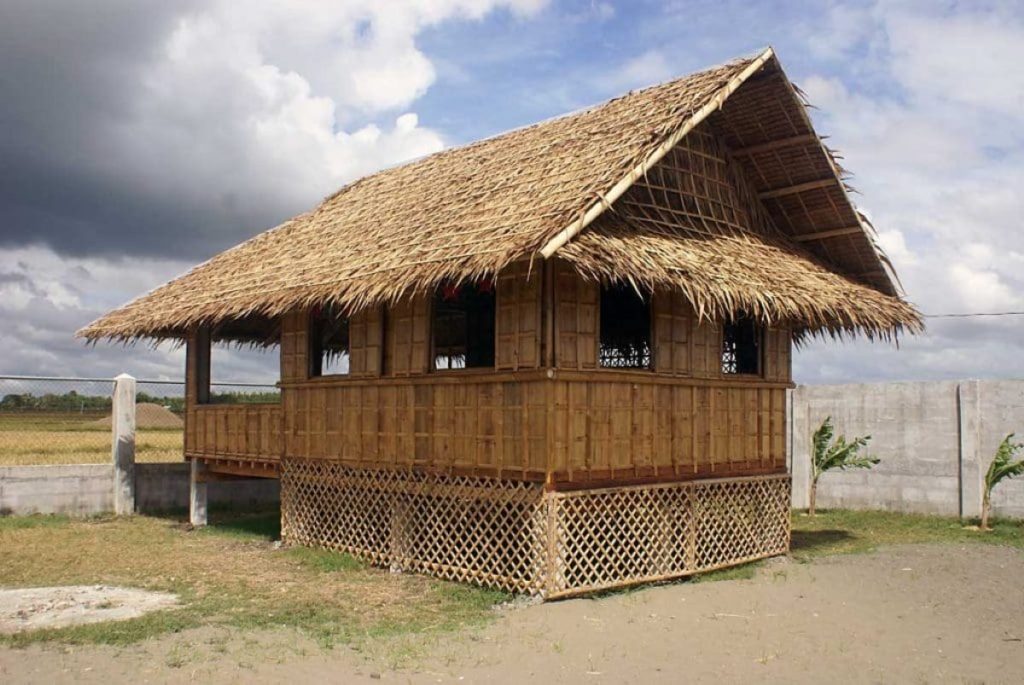
Historical Roots of Sustainable Architecture in the Philippines
The Philippines, characterized by its diverse ecological landscapes, boasts a rich history of architecture that seamlessly integrates with nature. One of the most iconic representations of early sustainable practices is the traditional Filipino home, the ‘Bahay Kubo’. These early homes, crafted primarily from bamboo, nipa palm, and other indigenous materials, stand elevated on stilts. This design ensures natural ventilation and offers protection from floods, a common occurrence in the archipelago. The method of these homes showcases the Filipinos’ profound understanding of their environment and ability to adapt their architectural practices to the challenges posed by the natural world.
The Spanish colonial era introduced a significant shift in architectural styles with the advent of the ‘Bahay na Bato’. As the name suggests, the construction of these stone houses uses volcanic tuff or coral stones, a material that offers enhanced durability. However, builders retained the essence of sustainability in this transition. The ‘Bahay na Bato’, while showcasing the robustness of stone, included many of the eco-friendly features intrinsic to Filipino architecture. Expansive windows ensured optimal light and air circulation, keeping the interiors cool and reducing the need for artificial cooling methods. The design of these homes is a testament to the adaptability of Filipino architects, who managed to incorporate sustainable practices even while using new materials and adapting to foreign architectural influences.
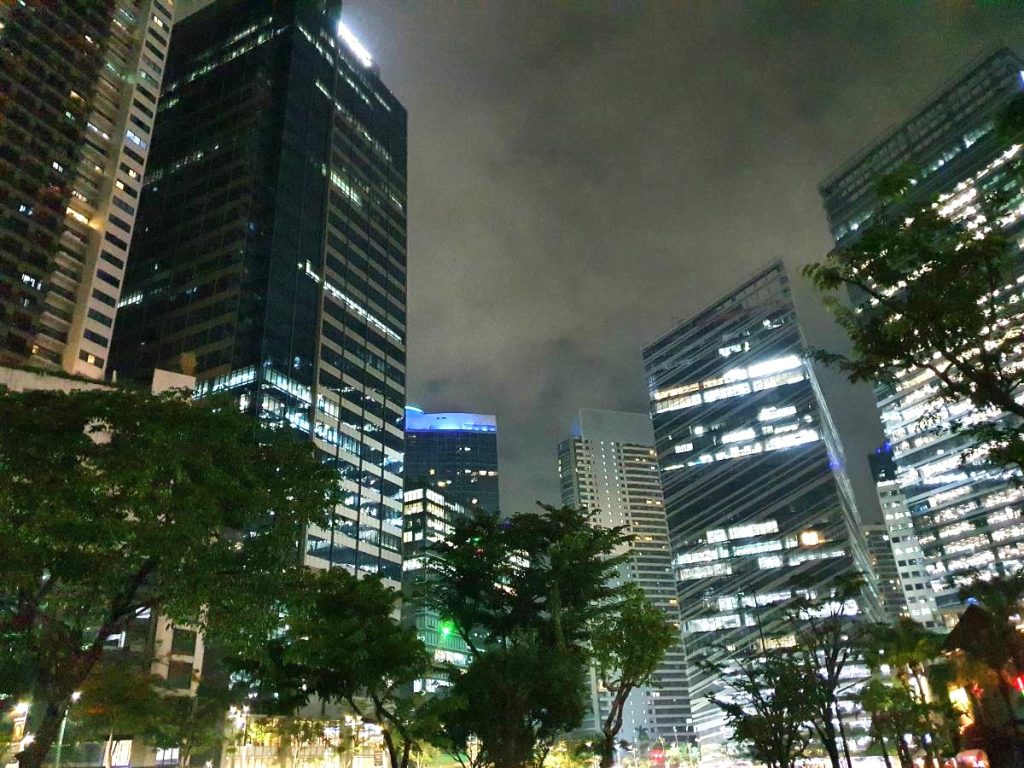
However, as the Philippines underwent rapid urbanization, there was a noticeable shift towards modern construction techniques and materials. Concrete and steel began to dominate the urban landscape, and high-rise buildings became the norm in cities. Despite this transformation, the core principles of sustainable architecture remained deeply ingrained in the Filipino psyche. Contemporary architects in the Philippines continue to draw inspiration from traditional designs, ensuring that sustainable architecture in the Philippines remains a vibrant and evolving field. The challenge now lies in blending modern techniques with conventional wisdom to create eco-friendly structures suited to the demands of the 21st century.
The Importance of Green Movements and Initiatives
The escalating global urgency to combat climate change has prominently positioned sustainable architecture globally. Various international rating systems such as LEED (Leadership in Energy and Environmental Design), BREEAM (Building Research Establishment Environmental Assessment Method), and Green Mark recognize the significance of establishing sustainable building practices. These systems set rigorous standards for sustainable construction, ensuring that buildings are environmentally friendly, energy-efficient, and in harmony with their surroundings.
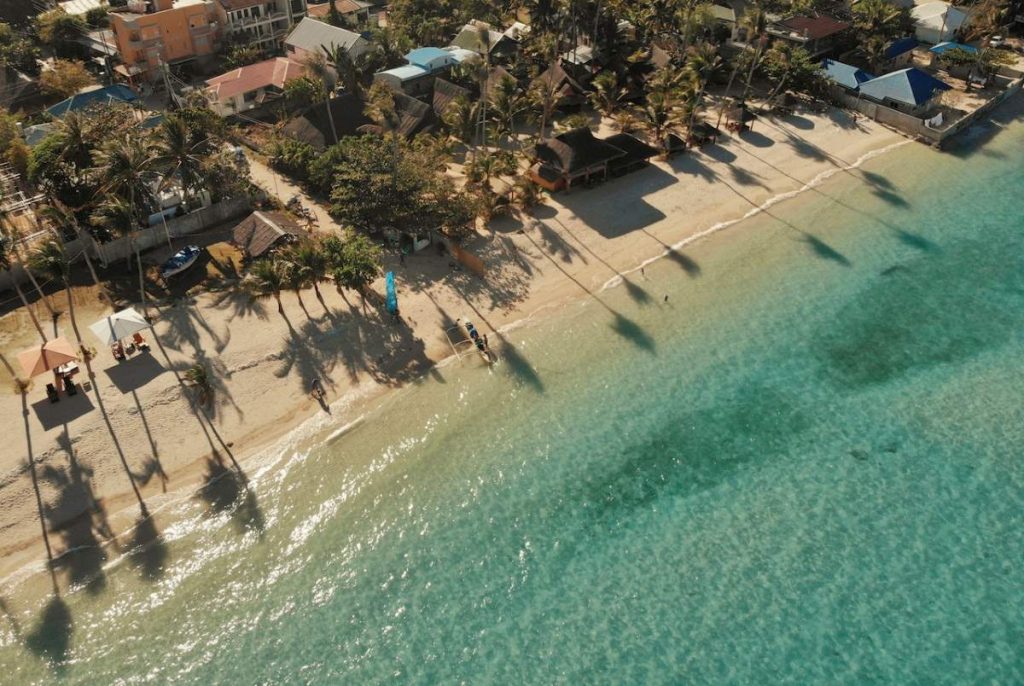
In the context of the Philippines, with its unique archipelagic geography, the country confronts immediate challenges posed by climate change, including the alarming rise in sea levels and the increasing frequency of extreme weather events. In response to these looming threats, the nation has witnessed the emergence of various local and national initiatives that ardently advocate for green building practices. Among the forefront of these initiatives is the Philippine Green Building Council, a pivotal organization that has meticulously formulated standards such as the Building for Ecologically Responsive Design Excellence (BERDE). This standard serves as a comprehensive guideline for sustainable construction in the country.
Another notable organization promoting sustainable practices in the Philippines is the Philippine Center for Environmental Protection and Sustainable Development, Inc. (PCEPSDI). They work towards fostering sustainable practices in various sectors, including construction, by providing training, consultancy, and research.
As an initiative, BERDE actively promotes the integration of eco-friendly materials and energy-efficient systems into the architectural design and construction processes. By adhering to these standards, buildings become more resilient to environmental challenges and contribute significantly to reducing the overall environmental footprint. Moreover, the shift towards sustainable architecture in the Philippines is more than just environmental. It also presents a compelling economic argument. Green buildings offer long-term financial benefits due to their energy efficiency and reduced operational costs. They often result in decreased utility bills, reduced maintenance costs, and increased property values. Thus, the push for sustainable architecture, driven by environmental and economic imperatives, is shaping the future of construction and urban development in the Philippines.
Architectural Solutions for a Sustainable Future in the Philippines
Modern sustainable architecture in the Philippines masterfully blends age-old traditions with the latest technological advancements. Architects and builders actively employ passive design strategies, such as maximizing the influx of natural light and strategically orienting buildings to harness the cooling power of prevailing winds. These time-tested techniques now work hand in hand with advanced systems like rainwater harvesting mechanisms and solar panels, which generate clean, renewable energy.
Material use plays a pivotal role in the sustainable architecture narrative. Upcycling, transforming waste or unwanted products into new materials or products of better quality and environmental value, is gaining momentum in the Philippines. By repurposing materials, architects are not only reducing waste but also crafting unique and eco-friendly design elements. Furthermore, there’s a growing emphasis on reducing the carbon footprint of construction projects. One effective strategy is sourcing materials locally, which minimizes transportation emissions, bolsters the local economy, and ensures the materials are suited to the local climate and conditions.
Architects who champion sustainability are integrating green spaces into various real estate projects in bustling urban centers. Urban gardens are becoming commonplace, providing a verdant retreat amidst the concrete expanses. Vertical forests with skyscrapers enveloped in greenery emerge as a potent solution to tackle urban air pollution and the heat island effect. Permeable landscapes, designed to let water percolate and replenish groundwater reserves, also make their mark as a sustainable design feature.
Filipino ethos deeply embeds the commitment to crafting structures that resonate harmoniously with nature. As urbanization accelerates, the onus is on architects and urban planners to ensure that infrastructural growth respects and preserves the environment. The solutions they champion, underpinned by sustainability and environmental consciousness, will sculpt a future where built environments and nature flourish in unison.
Implementing Sustainable Real Estate Projects in the Philippines
In the dynamic world of real estate, the Philippines has recognized the imperative need for sustainable architecture. Integrating sustainable practices in real estate projects is an environmentally conscious decision and a strategic business move for developers, landowners, and other stakeholders. Green buildings, which uphold sustainability at their core, offer many tangible benefits. One of the most significant advantages is the reduction in operational costs, achieved through energy-efficient systems and sustainable resource management. Additionally, properties that prioritize green initiatives often see an appreciation in their market value, making them more attractive to potential buyers and investors.
To ensure the successful implementation of sustainable architecture in real estate projects, developers and stakeholders must foster a collaborative environment from the beginning. Engaging architects, builders, suppliers, and potential tenants from a project’s inception can pave the way for an eco-friendly structure that meets its occupants’ functional needs. A vital aspect of this collaboration is the sourcing of materials. Opting for local materials reduces the carbon footprint associated with transportation. And it supports local industries, promoting economic growth within the community. Moreover, using upcycled materials can further enhance a project’s sustainability credentials.
Beyond the choice of materials, utilities play a pivotal role in defining a project’s sustainability. Wastewater treatment systems, for instance, can ensure that water is recycled and reused within the property, reducing overall consumption. Policies can also be implemented for builders and tenants, emphasizing the importance of sustainable practices in daily operations. Facility management teams can prioritize eco-friendly operations and maintenance routines, ensuring the building operates optimally throughout its lifecycle. Furthermore, integrating smart systems, such as automated lighting and climate control, can further reduce energy consumption, aligning with the overarching goal of sustainability.
Sustainable Architecture in the Philippines As A Beacon for the Future
The Philippines has a rich blend of history and culture. It finds itself at a unique intersection of tradition and innovation in sustainable architecture. The architectural landscape here mirrors a fusion of diverse influences, from Austronesian origins to Spanish and American imprints. Such deep-rooted traditions, combined with contemporary sustainable solutions, position the nation as a noteworthy player in the global sustainable architectural arena.
The shift towards green building practices is evident as many architectural enthusiasts and professionals acknowledge their significance. These practices offer many benefits, ranging from environmental stewardship to economic gains. As urbanization progresses, integrating sustainable designs into cityscapes becomes a paramount endeavor. This movement is also about valuing and conserving the heritage legacy spanning generations.
Embarking on this sustainable journey is no small feat. It demands a comprehensive approach. That includes thoughtful design, construction strategies, builder and tenant policies, adept facility management, and meticulous operations and maintenance. Incorporating the proper utilities amplifies the nation’s dedication to sustainable living. Such endeavors champion resource efficiency and elevate the living standards of its inhabitants.
The growing practice of sustainable architecture in the Philippines demonstrates the country’s potential to lead in this domain. Drawing inspiration from its storied past and adopting innovative sustainable methodologies, it’s poised to inspire many. While challenges lie ahead, with unwavering commitment and collaboration, a brighter and greener Filipino architectural future awaits.
